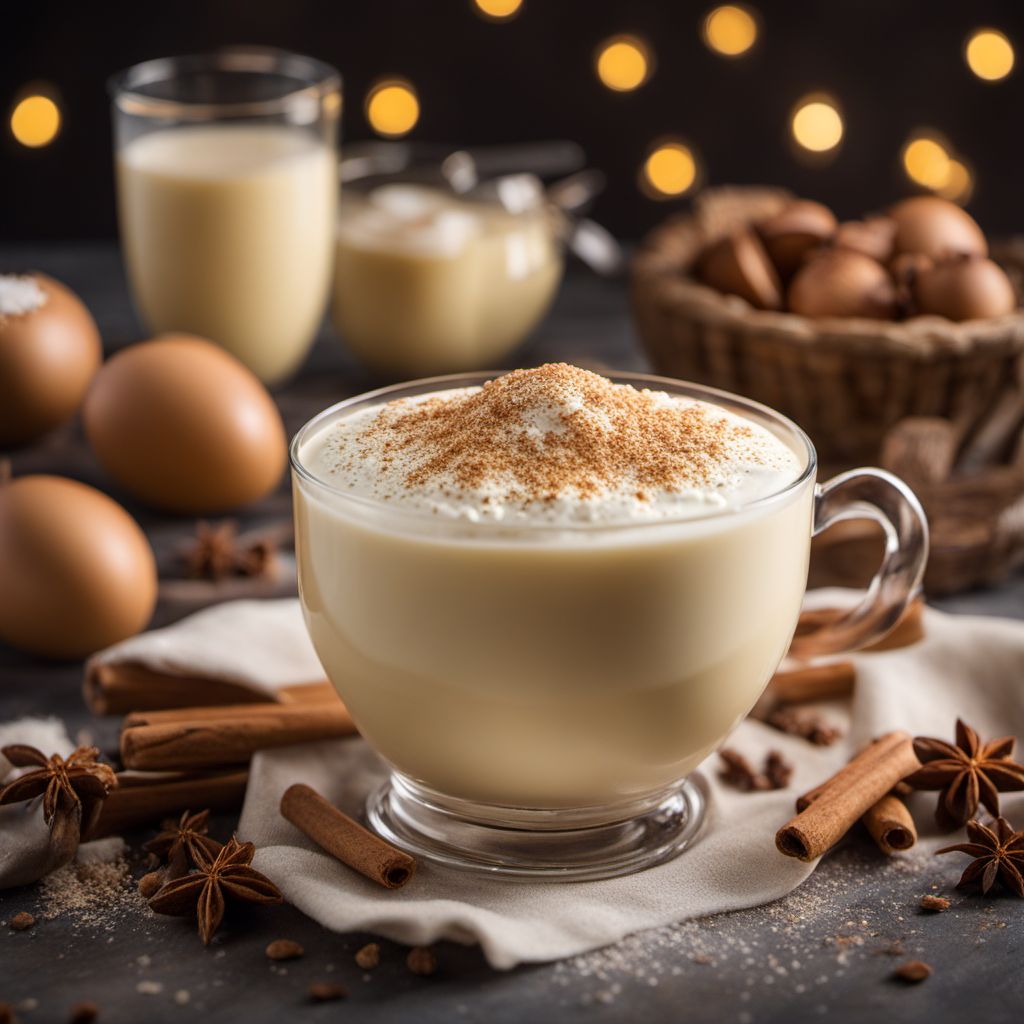
Ingredient
Eggnog flavour
"Velvety Delight: Exploring the Richness of Eggnog Flavor"
Eggnog flavor is characterized by its rich and creamy texture, with a combination of sweet, warm, and aromatic notes. It has a smooth and velvety mouthfeel, often reminiscent of custard or melted ice cream. The flavor is a harmonious blend of vanilla, nutmeg, cinnamon, and sometimes hints of rum or brandy. Its appearance is typically pale yellow or off-white, resembling a thick and luscious liquid.
Origins and history
Eggnog flavor traces its origins back to medieval Europe, where it was initially consumed as a warm, spiced ale known as "posset." Over time, the recipe evolved to include eggs, milk, and spirits, becoming a popular festive drink during the holiday season. It gained prominence in England and was later brought to North America by European settlers. Today, eggnog flavor is synonymous with Christmas and is enjoyed in various forms, including beverages, desserts, and baked goods.
Nutritional information
Eggnog flavor is typically high in calories and fat due to its creamy nature. It contains essential nutrients such as protein, calcium, and vitamins A and D. However, it should be consumed in moderation due to its calorie content.
Allergens
Eggnog flavor may contain allergens such as eggs, milk, and alcohol, depending on the specific product or recipe.
How to select
When selecting eggnog flavor, opt for reputable brands or homemade versions made with fresh ingredients. Look for products with a rich and creamy consistency, and check the expiration date to ensure freshness.
Storage recommendations
Store eggnog flavor in a tightly sealed container in the refrigerator to maintain its freshness. Consume it within a few days or follow the expiration date provided by the manufacturer.
How to produce
Eggnog flavor can be produced by combining ingredients such as milk, cream, eggs, sugar, vanilla extract, nutmeg, and optional spirits like rum or brandy. Recipes can be found online or in cookbooks, and it can be made at home with basic kitchen equipment.
Preparation tips
Eggnog flavor can be enjoyed as a standalone beverage, spiked with alcohol for a festive twist, or used as an ingredient in various recipes. It can be served chilled, over ice, or gently warmed. When using eggnog flavor in recipes, it adds a creamy and aromatic element to desserts, such as cakes, cookies, custards, and ice creams.
Culinary uses
Eggnog flavor is commonly used in beverages, such as eggnog cocktails, lattes, and milkshakes. It is also a popular ingredient in holiday desserts, including eggnog cheesecake, eggnog bread pudding, and eggnog-flavored frosting for cakes and cupcakes.
Availability
Eggnog flavor is widely available during the holiday season in North America, Europe, and other regions where Christmas traditions are celebrated.
More ingredients from this category » Browse all

Lemon flavour
The Zesty Essence

Medium hot flavour
The Fiery Essence of Medium Heat

Vanillin flavour
"The Sweet Essence: Unveiling the Magic of Vanillin Flavor"
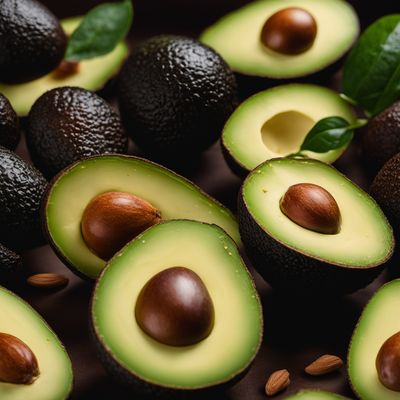
Avocado flavour
The Creamy Green Essence
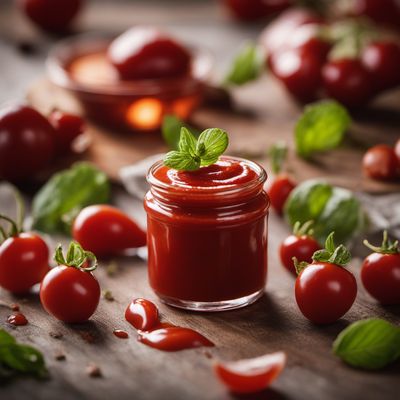
Ketchup flavour
Tangy Tomato Twist: Exploring the World of Ketchup Flavour

Corn flavour
The Essence of Summer: Corn Flavor

Sherry flavour
"The Art of Sherry: Unlocking the Essence of Flavour"
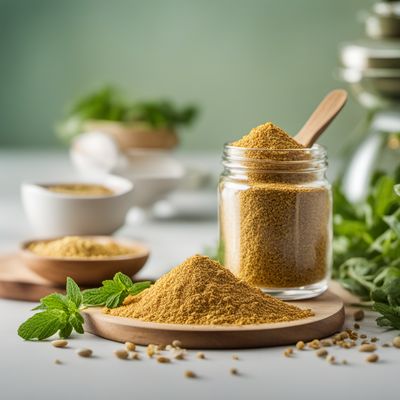
Herbal blend flavour
The Art of Herbal Infusion

Exotic fruit flavour
The Enigmatic Essence of Exotic Fruits
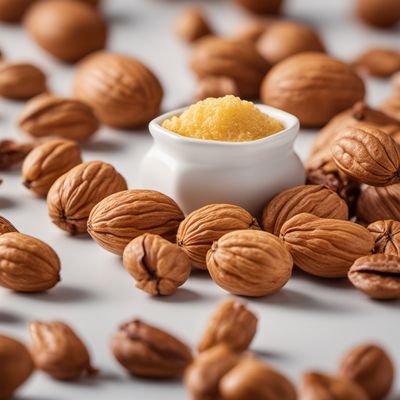
Nutty flavour
A Symphony of Nuttiness

Pork flavour
Savory Sensation: Unleashing the Essence of Pork

Cumin flavour
"The Earthy Elixir: Unveiling the Enchanting Cumin Flavor"